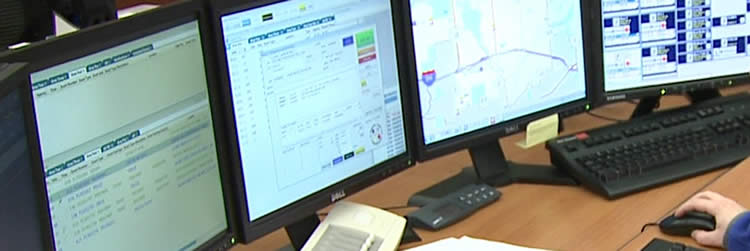Start
Click Here
Spanish For 9-1-1 Dispatchers

Essential Training for Emergency Response Teams
Strengthen your role as a 9-1-1 dispatcher with our specialized Spanish training program—designed specifically for emergency communication professionals across the United States. In many communities, Spanish is the primary language for a growing number of residents. During emergencies, every second counts, and the ability to communicate clearly with Spanish-speaking callers can mean the difference between life and death.
Our Spanish for 9-1-1 Dispatchers course equips you with the essential vocabulary, phrases, and scenario-based training needed to overcome language barriers in high-pressure situations. From handling medical emergencies to law enforcement and fire-related calls, this course prepares you to respond quickly, accurately, and with cultural competence.
Become a more effective and trusted dispatcher. Enroll today and deliver lifesaving service with confidence—no matter the language spoken on the other end of the line.
